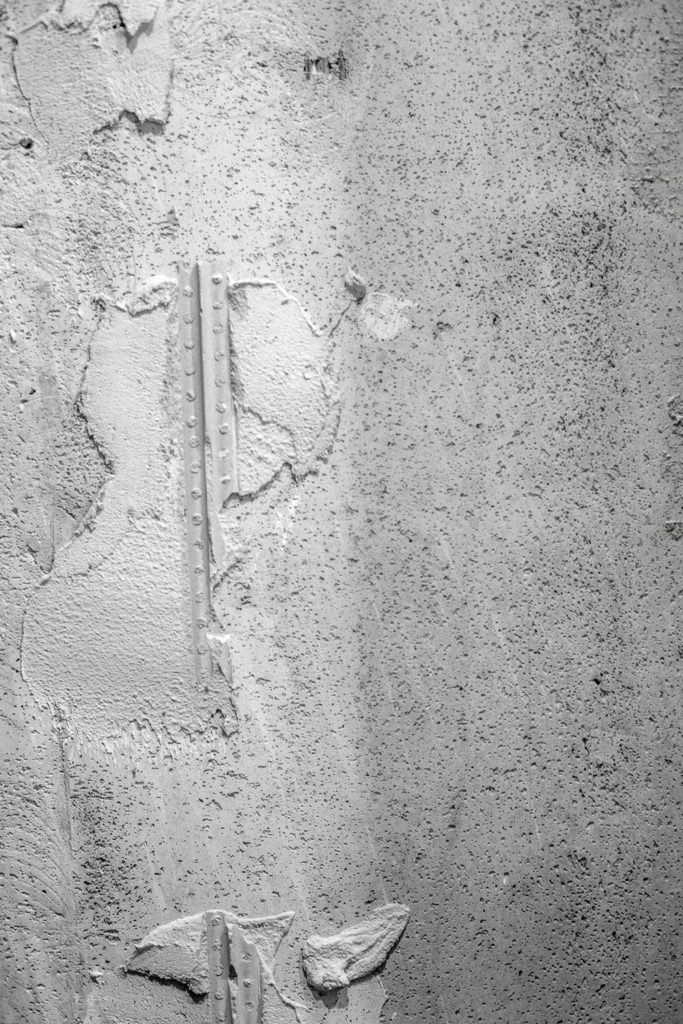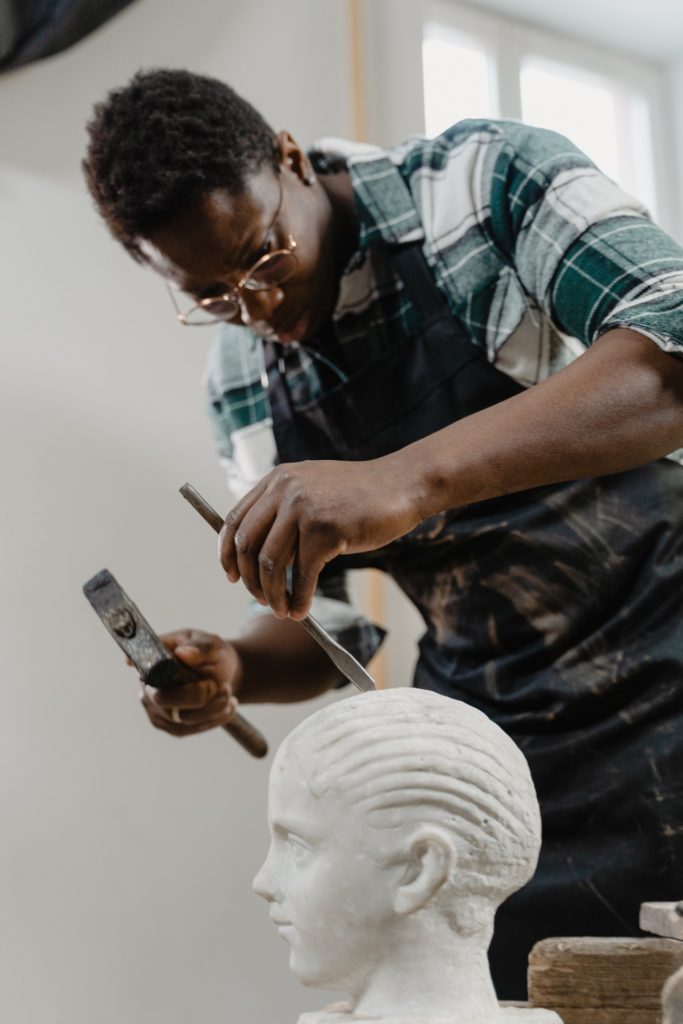So, I’ve written my first draft. Now what?
It’s time to revise!
Revision
When it comes to the writing process, the bulk of the work lies in the revision and editing stages because this is where you take the mush of words and ideas that you churned out in the first draft, and turn them into a story. This is where your story begins to take shape.
Recently, I stumbled on this revision method by Tumblr user Madlori that I have found incredibly useful in my revision of my short story “Washed Up”. Madlori’s post suggests to writers that they re-write their first draft by printing it out and re-entering it, word-for-word on a new document. The idea is that when you re-write, you are less likely to miss mistakes and get to the fundamental level of change that editing just doesn’t allow.
Before finding this method, I didn’t exactly know how to approach the revision process. For “Washed Up” I simply read it a couple of times and took notes on the things I liked and didn’t like about it. However, this method has given me a great place to start.
Here are six things that happened when I followed the “rewrite” revision method.
1. My writing changed

It started at the very first sentence. As I re-wrote, I began to reformat everything: sentences, paragraphs, dialogue. When you start writing word for word, you start noticing how certain sentence structures don’t work or how they don’t function to serve the story. For instance, if a sentence was just exposition, I changed it to show what’s happening. Soon I began to follow a rhythm, and subsequently…
2. My main character’s voice emerged

As I re-wrote the first draft, I learned more about my protagonist. Her voice and attitudes became more apparent. For instance, I learned that she hates the beach and can’t swim. In knowing that, I now have more to go off on to shape out the conflict and the obstacles that will challenge her. Therefore…
3. My story changed

The plot began to go in a different direction, but still incorporated some of the core elements that I liked in the first draft. A creature that was supposed to simply exist as a thematic symbol, became an actual character. My protagonist also became a little more proactive, in that her choices led to a series of events
4. I began to apply some of the elements of story structure

As I wrote, I also considered certain story structure elements, like the “set-up” and the inciting incident. I thought about showing where my character was at the beginning of the story, as well as her attitudes. Then I thought about the inciting incident and how it related to my character’s flaw and fears.
5. I also began making things more concrete

Before, ideas and characters were abstract and vague. As I re-wrote my story, they began to take shape and become a little more realistic.
6. It reaffirmed for me that the real work is in the revision

A story truly begins to take shape after you’ve written the first draft. As you revise, you don’t entirely lose your original story, nor do you keep everything you had before. You just start deepening elements, which will lead you in a different direction. Don’t be afraid of that happening, just follow where your mind takes you.
I can’t wait to see where this method continues to take me. I highly recommend you try the rewriting method as a starting point to revision.
How do you approach revisions? Let me know about it in the comments!


Hi! Shantal here. I’m a writer and a storyteller. I created Shantal Writes to share my experiences with writing fiction. I also provide new writers with tips, tools, and writing advice. I hope you find something helpful while you’re here!
More On Shantal Writes






